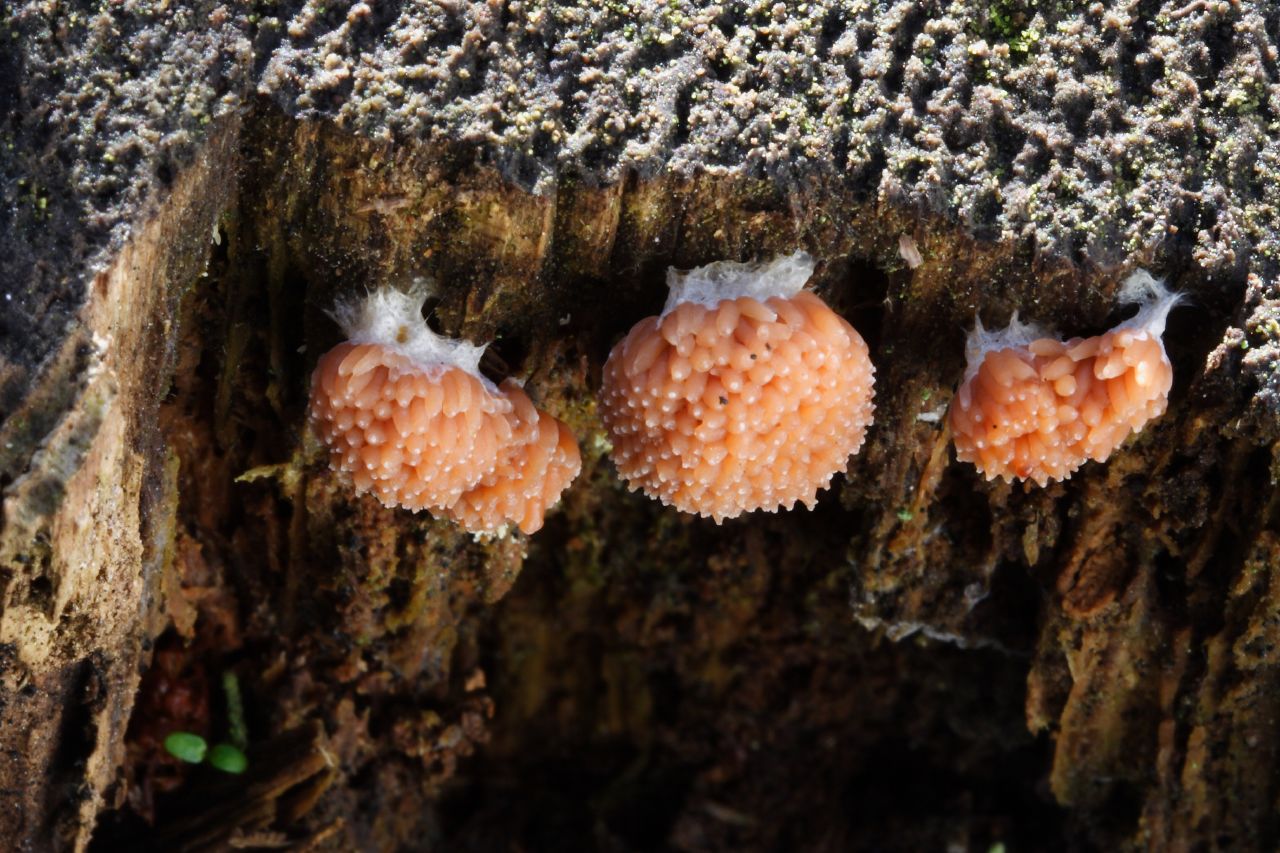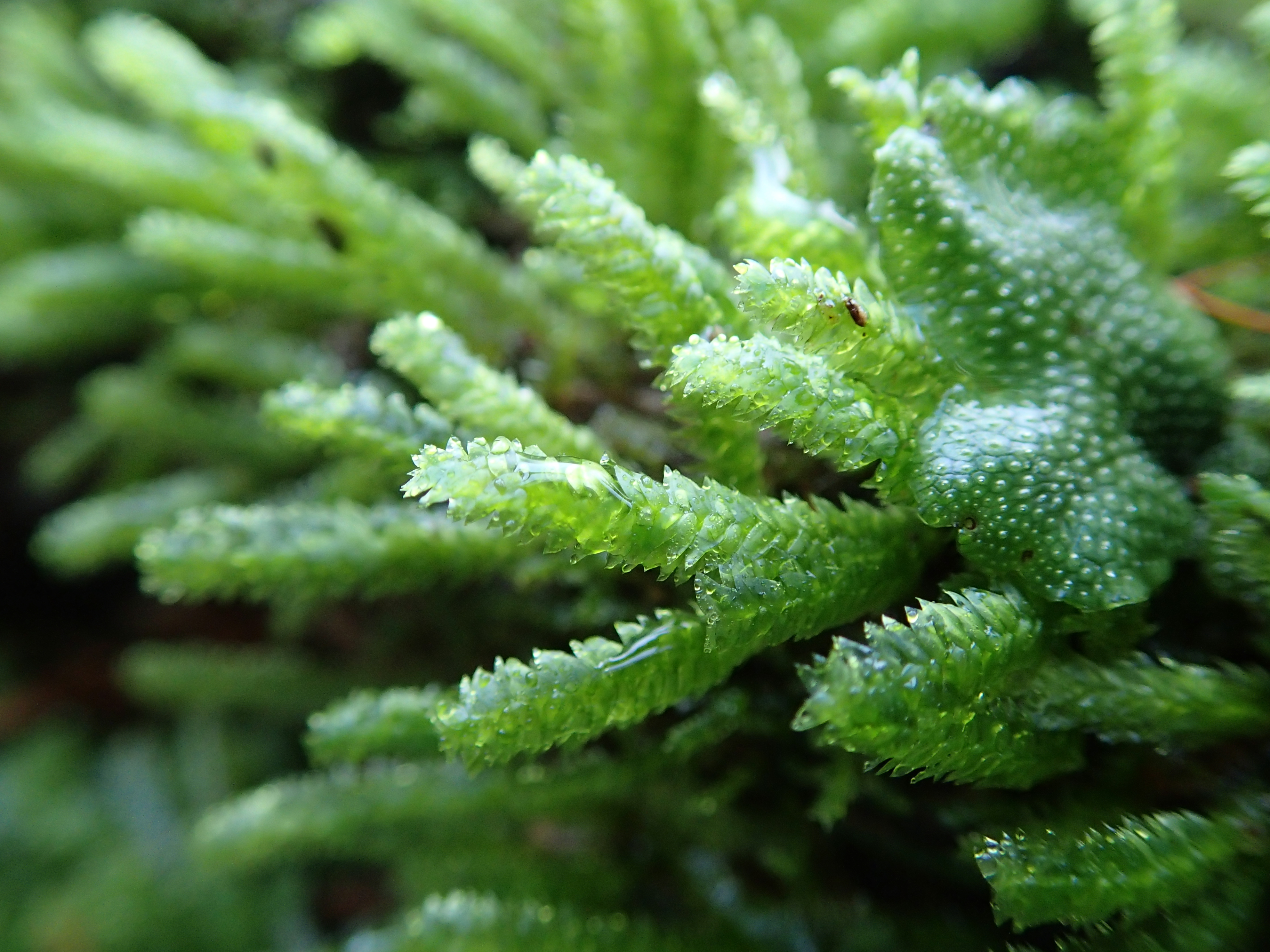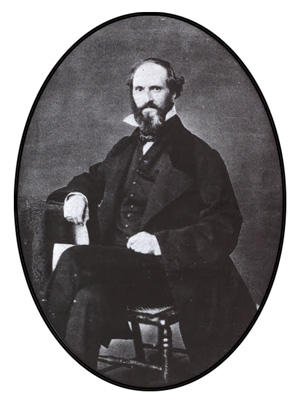|
Sprucidea Rubropenicillata
''Sprucidea'' is a genus of four crustose lichens in the family Malmideaceae. Similar to the related genus ''Malmidea'', ''Sprucidea '' is characterized by frequently red thalli that contain the secondary compound norsolorinic acid, but differs in the rod-shaped instead of ellipsoid ascospores and in the stalked sporodochia as conidiomata. ''Sprucidea'' species are found in rainforest areas in South America and Southeast Asia. Taxonomy ''Sprucidea'' was circumscribed in 2017 by lichenologists Marcela Cáceres, André Aptroot, and Robert Lücking. '' S. granulosa'' and the type species, '' S. rubropenicillata'', were described as new to science, while '' S. gymnopiperis'' and '' S. penicillata'' were two proposed new combinations from the genera ''Malmidea '' and ''Bacidina'', respectively. The genus name of ''Sprucidea'' is in honour of Richard Spruce (1817–1893), who was an English botanist specializing in bryology. He was one of the great Victorian bo ... [...More Info...] [...Related Items...] OR: [Wikipedia] [Google] [Baidu] |
André Aptroot
André Aptroot (Heemskerk, 1961) is a Dutch mycologist and lichenologist. In 1993 he did his PhD at the University of Utrecht under the supervision of Robbert Gradstein (nl). His dissertation was titled "Systematic studies on pyrenocarpous lichens and related fungi". He specializes in fungi and lichens on which he has several hundreds of publications to his name. He has worked as curator at Centraalbureau voor Schimmelcultures (now Westerdijk Institute). Aptroot is the founder of the Consultancy for Bryology and Lichenology, which is located in Soest where there is a herbarium with a collection of lichens mainly from the Netherlands and the tropics. From 2008 he has been collection manager at Pinetum Blijdenstein (nl) in Hilversum. He is a member of the International Association for Lichenology and the American Bryological and Lichenological Society. He is a visiting professor at the Federal University of Mato Grosso do Sul in Campo Grande, Brazil. Because of Aptroot's bro ... [...More Info...] [...Related Items...] OR: [Wikipedia] [Google] [Baidu] |
Rainforest
Rainforests are characterized by a closed and continuous tree canopy, moisture-dependent vegetation, the presence of epiphytes and lianas and the absence of wildfire. Rainforest can be classified as tropical rainforest or temperate rainforest, but other types have been described. Estimates vary from 40% to 75% of all biotic species being indigenous to the rainforests. There may be many millions of species of plants, insects and microorganisms still undiscovered in tropical rainforests. Tropical rainforests have been called the "jewels of the Earth" and the " world's largest pharmacy", because over one quarter of natural medicines have been discovered there. Rainforests as well as endemic rainforest species are rapidly disappearing due to deforestation, the resulting habitat loss and pollution of the atmosphere. Definition Rainforest are characterized by a closed and continuous tree canopy, high humidity, the presence of moisture-dependent vegetation, a moist layer of lea ... [...More Info...] [...Related Items...] OR: [Wikipedia] [Google] [Baidu] |
Sessility (botany)
In botany, sessility (meaning "sitting", used in the sense of "resting on the surface") is a characteristic of plant parts (such as flowers and leaves) that have no stalk. Plant parts can also be described as subsessile, that is, not completely sessile. A sessile flower is one that lacks a pedicel (flower stalk). A flower that is not sessile is pedicellate. For example, the genus ''Trillium'' is partitioned into two subgenera, the sessile-flowered trilliums (''Trillium'' subg. ''Sessilium'') and the pedicellate-flowered trilliums. Sessile leaves lack petioles (leaf stalks). A leaf that is not sessile is petiolate. For example, the leaves of most monocotyledons lack petioles. The term sessility is also used in mycology to describe a fungal fruit body that is attached to or seated directly on the surface of the substrate, lacking a supporting stipe or pedicel Pedicle or pedicel may refer to: Human anatomy *Pedicle of vertebral arch, the segment between the transvers ... [...More Info...] [...Related Items...] OR: [Wikipedia] [Google] [Baidu] |
Apothecia
An ascocarp, or ascoma (), is the fruiting body ( sporocarp) of an ascomycete phylum fungus. It consists of very tightly interwoven hyphae and millions of embedded asci, each of which typically contains four to eight ascospores. Ascocarps are most commonly bowl-shaped (apothecia) but may take on a spherical or flask-like form that has a pore opening to release spores (perithecia) or no opening (cleistothecia). Classification The ascocarp is classified according to its placement (in ways not fundamental to the basic taxonomy). It is called ''epigeous'' if it grows above ground, as with the morels, while underground ascocarps, such as truffles, are termed ''hypogeous''. The structure enclosing the hymenium is divided into the types described below (apothecium, cleistothecium, etc.) and this character ''is'' important for the taxonomic classification of the fungus. Apothecia can be relatively large and fleshy, whereas the others are microscopic—about the size of flecks of ... [...More Info...] [...Related Items...] OR: [Wikipedia] [Google] [Baidu] |
Hypothallus
In true slime molds ( myxogastria), lichens, and in species of the family Clavicipitaceae, the hypothallus is the layer on which the fruit body sits, lying in contact with the substrate. The word is derived from the Ancient Greek root ''hypó'' ("under") and ''thallós'' ("shoot" or " thallus"). The hypothallus is produced by the plasmodium at the beginning of fructification. Depending on the species, it can be membranous to thick or tender to solid and nearly transparent to brightly coloured. It may surround an individual fruit body, or may form a contiguous connection between multiple fruit bodies. In some rare cases it is missing entirely. In crustose lichens, the hypothallus is the blackish lower layer of the thallus that produces rhizines, which are holdfasts that attach the lichen to its substrate. In some taxa the hypothallus may be involved in the formation of the fruit body. In the "epihypothallic" Stemonitida, the hypothallus forms hollow, tubular stems and a c ... [...More Info...] [...Related Items...] OR: [Wikipedia] [Google] [Baidu] |
Isidia
An isidium is a vegetative reproductive structure present in some lichens. Isidia are outgrowths of the thallus surface, and are corticated (i.e., containing the outermost layer of the thallus), usually with a columnar structure, and consisting of both fungal hyphae (the mycobiont) and algal cells (the photobiont). They are fragile structures and may break off and be distributed by wind, animals, and splashing raindrops. In terms of structure, isidia may be described as warty, cylindrical, clavate (club-shaped), scale-like, coralloid (coral-shaped), simple, or branched. Examples of isidiate lichens include members of the genera ''Parmotrema'' and ''Peltigera''. See also Soredium Soredia are common reproductive structures of lichens. Lichens reproduce asexually by employing simple fragmentation and production of soredia and isidia. Soredia are powdery propagules composed of fungal hyphae wrapped around cyanobacteria o ... References External linksAscomycetes glossary ... [...More Info...] [...Related Items...] OR: [Wikipedia] [Google] [Baidu] |
Corticolous Lichen
A corticolous lichen is a lichen that grows on bark.Alan Silverside's Lichen Glossary (a-f), Alan Silverside/ref> This is contrasted with lignicolous lichen, which grows on wood that has had the bark stripped from it,Alan Silverside's Lichen Glossary (g-o), Alan Silverside/ref> and saxicolous lichen, which grows on rock.Alan Silverside's Lichen Glossary (p-z), Alan Silverside/ref> Examples of corticolous lichens include the crustose lichen ''Graphis plumierae'', foliose lichen ''Melanohalea subolivacea'' and the fruticose ''Bryoria fuscescens ''Bryoria fuscescens'' is a species of lichen of the family Parmeliaceae. As of July 2021, its conservation status has not been estimated by the IUCN. In Iceland, where it grows as an epiphyte on downy birch stems and branches, it is classified ...''.Náttúrufræðistofnun Íslands celandic Institute of Natural History(1996). Válisti 1: Plöntur.' (in Icelandic) Reykjavík: Náttúrufræðistofnun Íslands. References Lichenolog ... [...More Info...] [...Related Items...] OR: [Wikipedia] [Google] [Baidu] |
Bryology
Bryology (from Greek , a moss, a liverwort) is the branch of botany concerned with the scientific study of bryophytes (mosses, liverworts, and hornworts). Bryologists are people who have an active interest in observing, recording, classifying or researching bryophytes. The field is often studied along with lichenology due to the similar appearance and ecological niche of the two organisms, even though bryophytes and lichens are not classified in the same kingdom. History Bryophytes were first studied in detail in the 18th century. The German botanist Johann Jacob Dillenius (1687–1747) was a professor at Oxford and in 1717 produced the work "Reproduction of the ferns and mosses." The beginning of bryology really belongs to the work of Johannes Hedwig, who clarified the reproductive system of mosses (1792, ''Fundamentum historiae naturalist muscorum'') and arranged a taxonomy. Research Areas of research include bryophyte taxonomy, bryophytes as bioindicators, DNA sequencing, ... [...More Info...] [...Related Items...] OR: [Wikipedia] [Google] [Baidu] |
Richard Spruce
Richard Spruce (10 September 1817 – 28 December 1893) was an English botanist specializing in bryology. One of the great Victorian botanical explorers, Spruce spent 15 years exploring the Amazon from the Andes to its mouth, and was one of the first Europeans to visit many of the places where he collected specimens. Spruce discovered and named a number of new plant species, and corresponded with some of the leading botanists of the nineteenth century. Early life and Career Richard Spruce was born near Ganthorpe, a small village near Castle Howard in Yorkshire. After training under his father, a local schoolmaster, Spruce began a career as a tutor and then as a mathematics master at St. Peter's School, York between 1839 and 1844. Spruce started his botanical collecting in Yorkshire about 1833. In 1834, at age 16, he drew up a neatly written list of all of the plants he had found on trips around Ganthorpe, focusing on bryophytes. Arranged alphabetically and containing 403 sp ... [...More Info...] [...Related Items...] OR: [Wikipedia] [Google] [Baidu] |
Bacidina
''Bacidina'' is a genus of lichens in the family Ramalinaceae. It was circumscribed by Czech lichenologist Antonín Vězda in 1990, with '' Bacidina phacodes'' assigned as the type species. Vězda included 11 species in ''Bacidina'', which was originally classified in the Lecideaceae. These species had previously been placed in genus ''Bacidia''. Species *'' Bacidina adastra'' *'' Bacidina aeruginosa'' *'' Bacidina apiahica'' *'' Bacidina arnoldiana'' *'' Bacidina arvidssonii'' *'' Bacidina assulata'' *'' Bacidina brandii'' *'' Bacidina brittoniana'' *'' Bacidina californica'' *'' Bacidina caligans'' *'' Bacidina canariensis'' *'' Bacidina chloroticula'' *'' Bacidina cinnamomea'' *'' Bacidina circumpulla'' *'' Bacidina clauzadei'' *'' Bacidina contecta'' *'' Bacidina convexa'' – Panama *'' Bacidina crystallifera'' *'' Bacidina defecta'' *'' Bacidina delicata'' *'' Bacidina dichroma'' *'' Bacidina digitalis'' *'' Bacidina dissecta'' *'' Bacidina egenula'' ... [...More Info...] [...Related Items...] OR: [Wikipedia] [Google] [Baidu] |
New Combination
''Combinatio nova'', abbreviated ''comb. nov.'' (sometimes ''n. comb.''), is Latin for "new combination". It is used in taxonomic biology literature when a new name is introduced based on a pre-existing name. The term should not to be confused with ', used for a previously unnamed species. There are three situations: * the taxon is moved to a different genus * an infraspecific taxon is moved to a different species * the rank of the taxon is changed. Examples When an earlier named species is assigned to a different genus, the new genus name is combined with of said species, e.g. when ''Calymmatobacterium granulomatis'' was renamed ''Klebsiella granulomatis'', it was referred to as ''Klebsiella granulomatis comb. nov.'' to denote it was a new combination. See also * Glossary of scientific naming * Basionym * List of Latin phrases * Nomenclature code Nomenclature codes or codes of nomenclature are the various rulebooks that govern biological taxonomic nomenclature, each in the ... [...More Info...] [...Related Items...] OR: [Wikipedia] [Google] [Baidu] |



